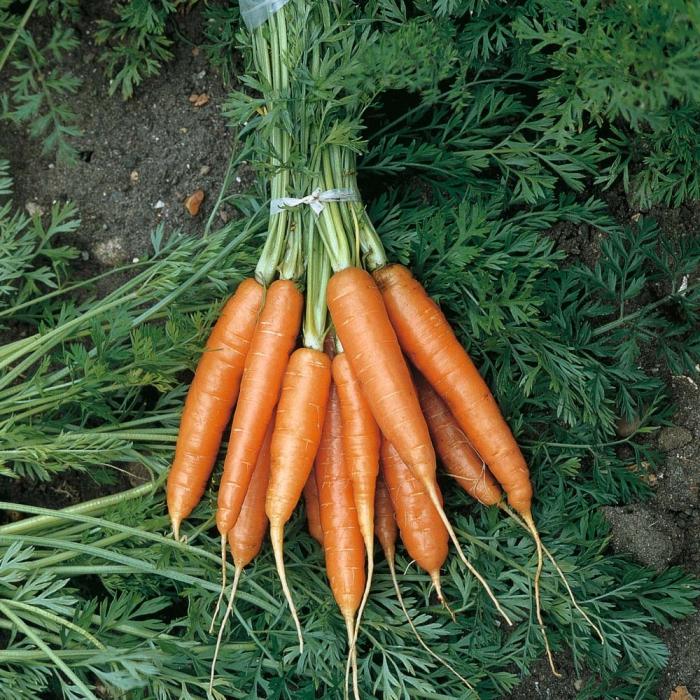Sowing carrots in the winter has a number of obvious advantages compared to planting seeds in the spring. Firstly, it is possible to harvest an early crop - on average, vegetables planted in the fall ripen 2-3 weeks earlier. And young carrots are a real storehouse of vitamins and healthy fiber. In addition, the freshly plucked carrots are very tasty and juicy, so you do not even need to cook it. The whole family and even small children, who are usually very picky in food, are happy to absorb this root crop in large quantities.

Secondly, sowing carrots in the winter eliminates the need to do this work in the spring. At the beginning of the garden season, you have to deal with a lot of things, so the beds planted in autumn will partially facilitate this period. You have praised yourself more than once for such forethought. In addition, there is much more free time in the fall, so you can do everything without rushing, and by all the rules. Thirdly, by collecting an early harvest, you will free up space for other precocious crops, such as radishes, herbs, salads or
herbs. Thus, you can get two crops per season from one area.
Sowing place
Sowing carrots in the winter should be done on that piece of land that is first freed from snow. This crop prefers loose and fertile soils, slightly acidic or neutral. It is advisable to choose a site horizontal (melt water does not stagnate on it) and sheltered from the wind. So the seeds will not be blown out and washed out. It is preferable that onions, potatoes or cabbage were previously grown in the chosen place - these are the best predecessors.
Sowing period of carrots
Here you will have to focus on the climatic conditions in your area. The most important rule when choosing a planting date is that the seeds should not germinate before the onset of cold weather. If the autumn is warm and sprouts hatch in the garden, then you will have to forget about the early harvest.
The best varieties
For autumn sowing, it is best to choose the seeds of special varieties of carrots - cold-resistant, early ripe or mid-ripening. The most common varieties:
- Nantes-4. The ripening period is 60 days. It can grow on different soils. Root vegetables are tasty and juicy.
- Vitamin 6. This variety contains large amounts of carotene. The pulp is juicy and sweet. Ripening periods are minimal, high productivity.
- Moscow winter. This variety is traditionally preferred by most gardeners in central Russia.
- Shantane-2461. Very unpretentious variety, tolerates cooling and lack of the required amount of water.
Landing
Sowing carrots in the winter should begin with soil preparation. It needs to be dug up, loosened and fertilized. The introduction of sawdust into the soil is welcome. Furrows need to be made deeper than during spring planting, about 4-6 cm. The interval between rows can be left the same as usual, that is, 20 cm, but the number of seeds needs to be increased, since germination will be lower. Then the bed is covered with a film or other material, later it is covered with snow.
And the last rule: carrot sowing in the winter should not be done on soils that this year or a year earlier were fertilized with fresh organic fertilizers. Such top dressing will only damage root crops, and the crop will not live up to your expectations.